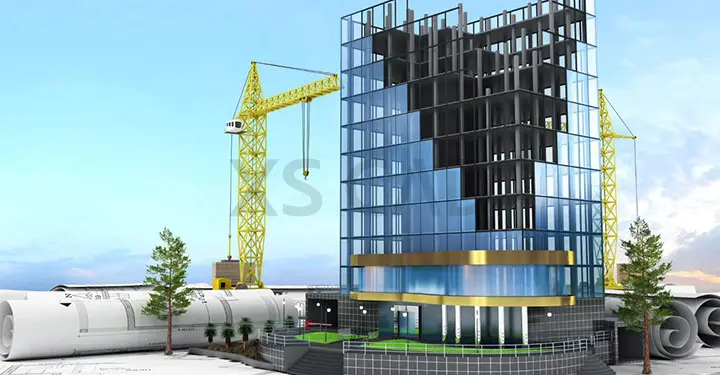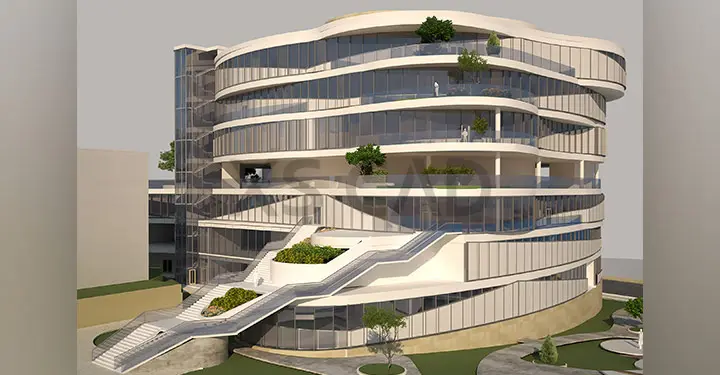Structural Design
Constituting the creation of detailed plans and specifications for the structural elements of buildings and other structures, structural design is key to structural engineering. Determining the strength, rigidity and stability of structures under various loads and forces, accurate structural steel engineering, structural design drawings and structural design services strive to ensure that a structure safely withstand all expected loads in its service life, including its own weight, the weight of its contents, environmental loads (such as wind and snow) and any other transient loads.
While developing the design of retaining walls, the design of structural elements, the wider design of buildings, structural design drawings and other structural design services for global structural design firms, our structural engineers consider:
Project Requirements: Understanding project requirements of the project, such as structural type, purpose, location and the specific needs of the client form the basis of our structural engineering design services.
Load Analysis: Calculating the loads that impact a structure, including dead loads (the weight of the structure), live loads (people, furniture, vehicles), environmental loads (wind, snow, earthquake) and other special loads is a first step in our structural analysis, design of retaining walls, design of structural elements in the overall design of buildings, structural design drawings and structural design approach.
Material Selection: Selecting appropriate materials (steel, concrete, wood, composites) is crucial for the sound structural design, design of structural elements and structural steel engineering solutions we provide, as each material has different strengths, stiffness and durability.
Structural Element Design: Based on loads and materials, our building structural engineers design beams, columns, slabs and foundations, involving detailed calculations to determine sizes, shapes and reinforcement as part of the design of retaining walls, design of structural elements and the overall design of buildings for global structural design firms.
Codes & Standards Compliance: Our structural design engineers ensure design compliance to local building codes and standards, which set minimum requirements for safety, stability and durability, must be checked and adhered to.
Software Tools: Our technically qualified structural engineers use specialised software and CAD and BIM technology for modelling, analysis and drafting throughout the workflow for the design of buildings.
Safety & Serviceability: Our structural engineering design services ensure that the structure is safe against collapse and serviceable, without exhibiting excessive deflections, vibrations or cracking under normal use.
Collaboration with Other Disciplines: It is essential for our structural design and structural steel engineering strategy to collaborate with architectural and building engineering design and multiple other project aspects.
Review & Revision: We conduct several rounds of review and revision of our structural engineering design services to address any potential issues or modifications in project requirements.
Sustainability: Incorporating sustainable practices into our structural engineering design services workflow helps minimise environmental impact and improve energy efficiency.
Integrating engineering principles, material science and safety standards, our structural drawings, detailed design and construction drawings, structural design services ensure that structures are capable of withstanding various loads throughout their lifespan.




